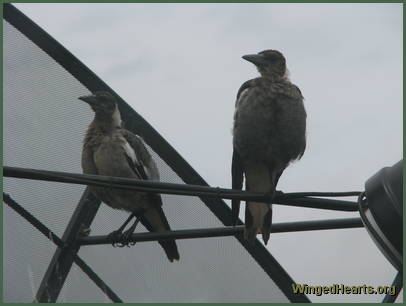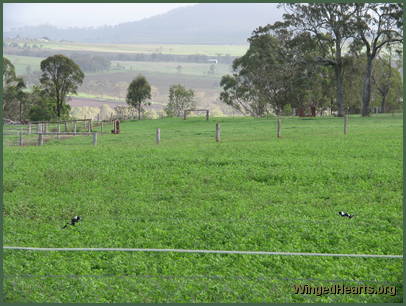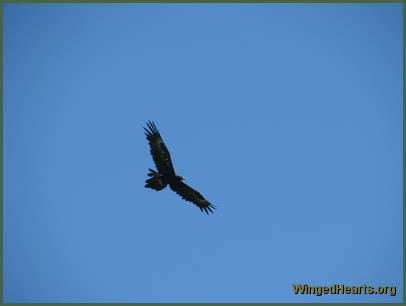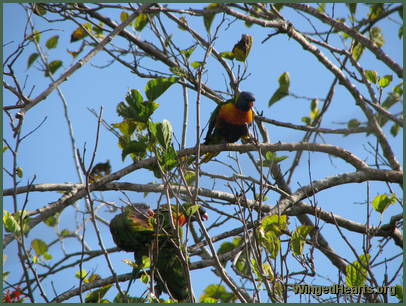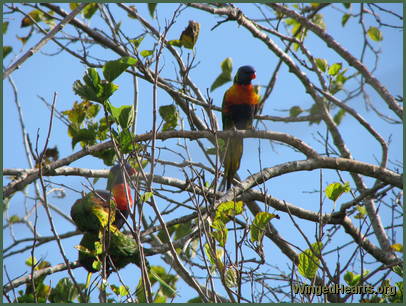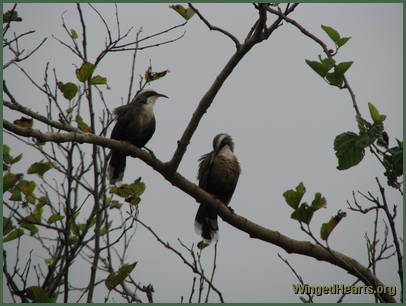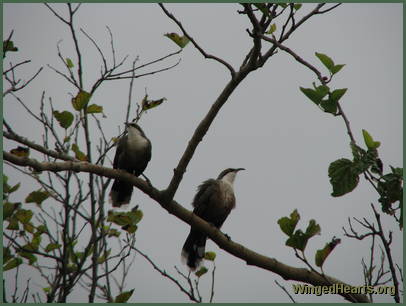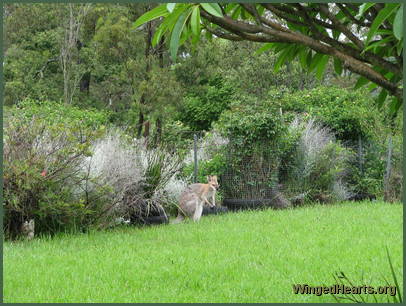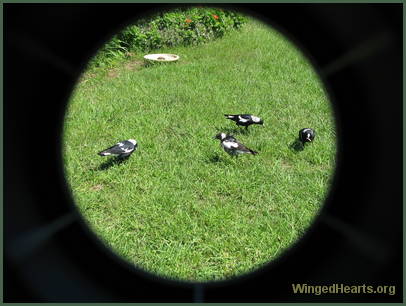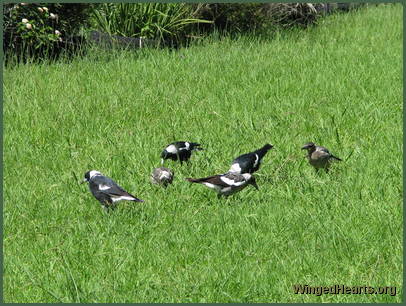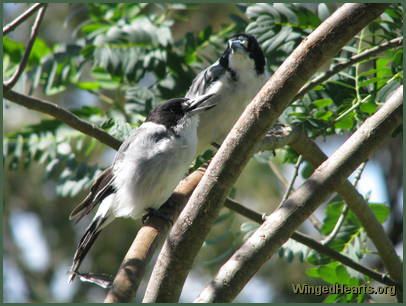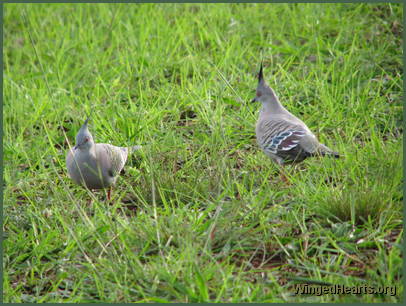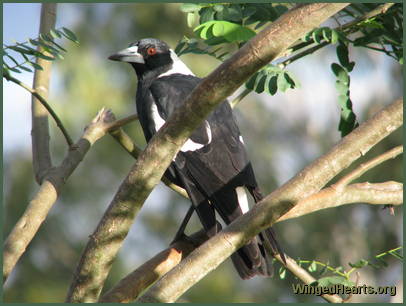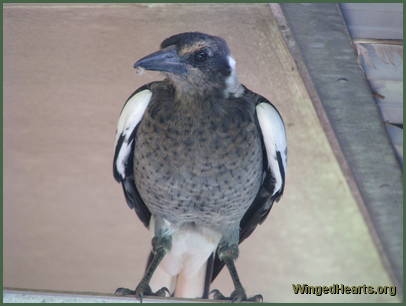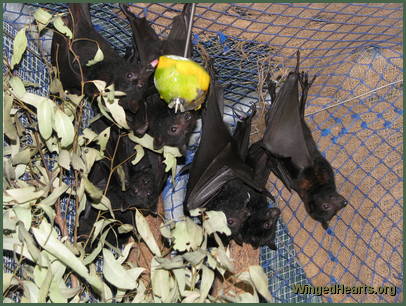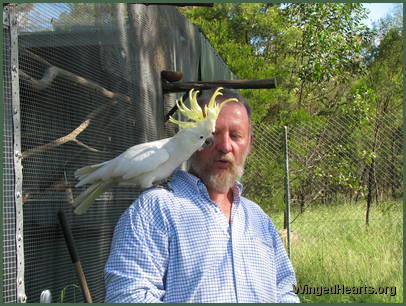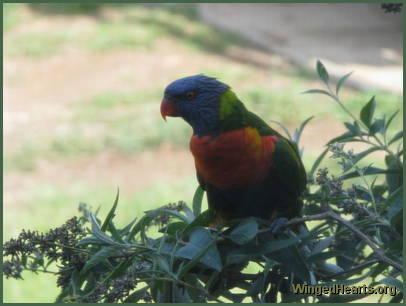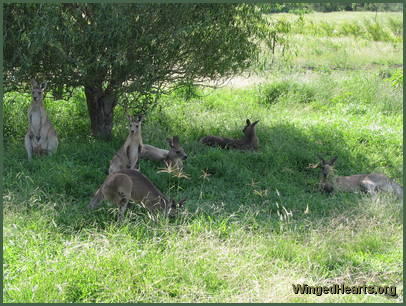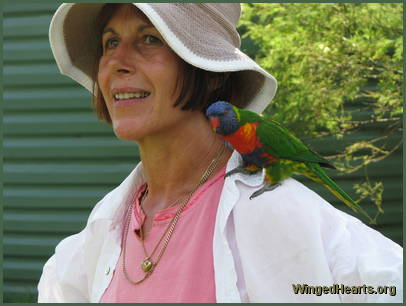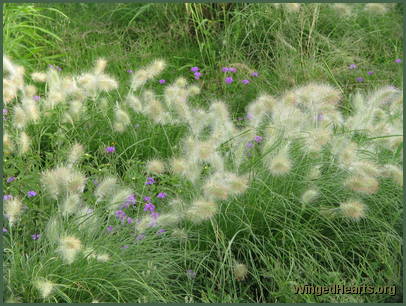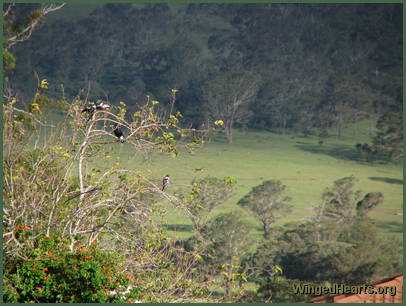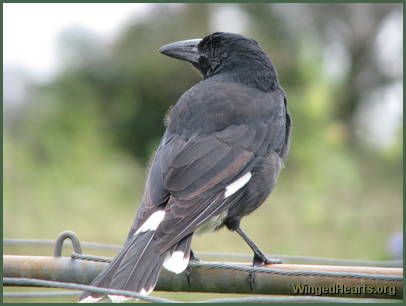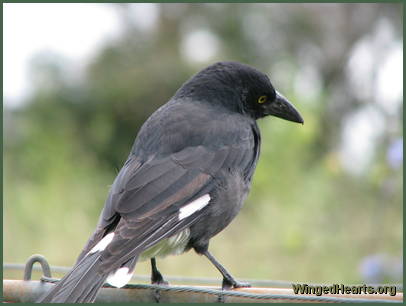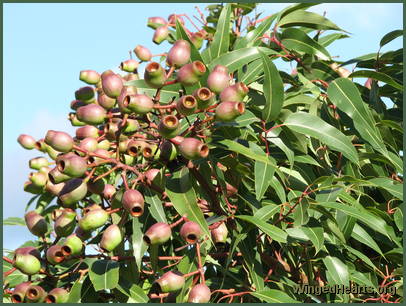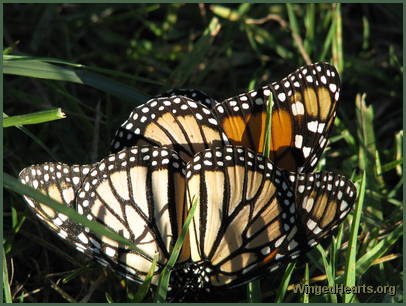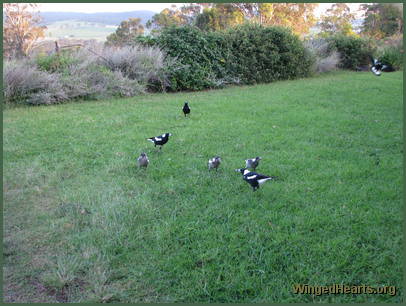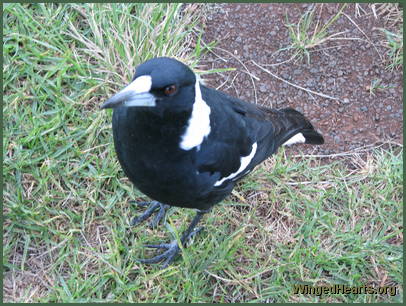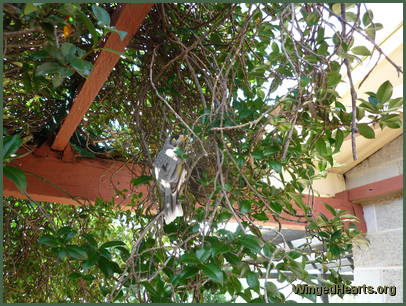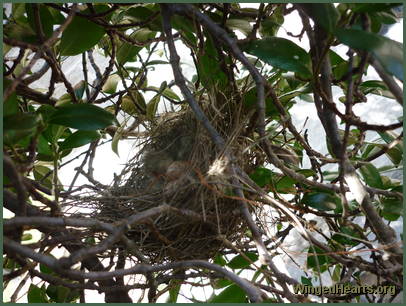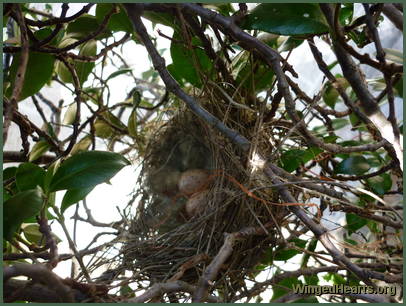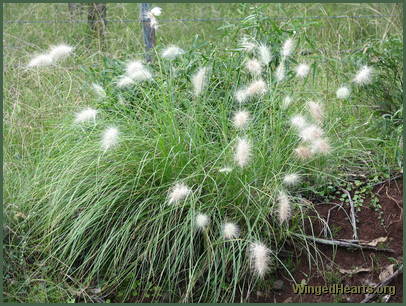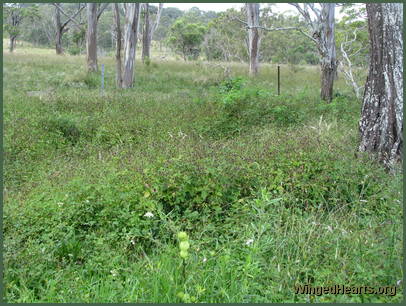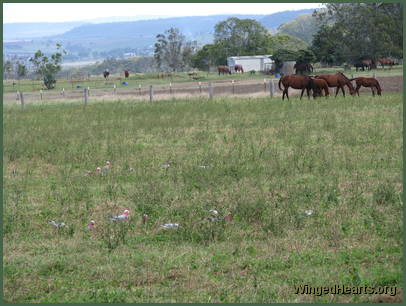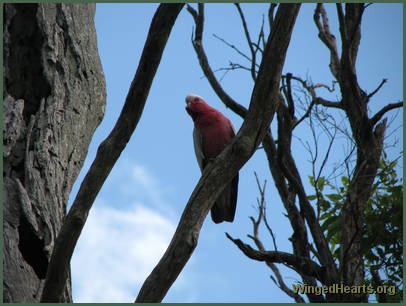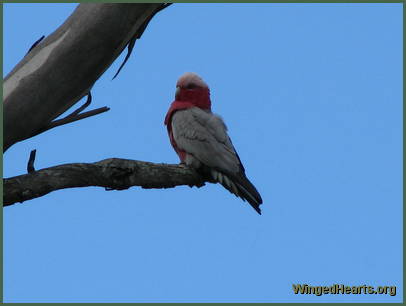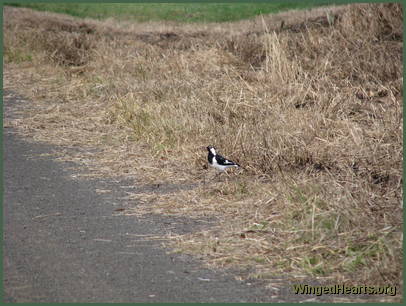Submitted by Gitie on 6 May, 2010 - 10:42
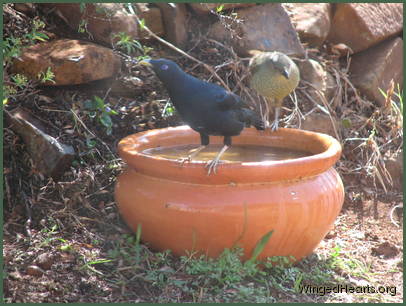 Communicating successfully with someone from a different species, who is not only not dependent on you, but also flies off in a flash if they don't like the sound of your voice, brings its own suite of challenges. In this series, we look at each of the five major aspects of communicating with wild birds. These involve making them familiar with our speech patterns, listening to learn, understanding our bird's response, building trust, and allowing the friendship to develop. In the previous issue we covered the importance of making the wild birds feel comfortable in your presence, showing them that you care about their welfare and wish to make friends.
Communicating successfully with someone from a different species, who is not only not dependent on you, but also flies off in a flash if they don't like the sound of your voice, brings its own suite of challenges. In this series, we look at each of the five major aspects of communicating with wild birds. These involve making them familiar with our speech patterns, listening to learn, understanding our bird's response, building trust, and allowing the friendship to develop. In the previous issue we covered the importance of making the wild birds feel comfortable in your presence, showing them that you care about their welfare and wish to make friends.
In this article we look at the art of listening to the birds. Listening is much more than just enjoying their songs. True listening requires us to understand the information they are trying to convey in their language to their family, community, intruders and also their friends which now hopefully includes you.
Click here for the rest of the article.

Submitted by Gitie on 28 April, 2010 - 11:34
So you've found a lone baby bird... Now what?
Quite simply, a wild animal's chance of survival is greatly increased when left in its natural environment. Having said that, what about the 25% of babies that are orphans?
When you find a baby bird, before making any decision to intervene, the first thing you have to do is decide which of the following situations we're dealing with:
Read more in the Special Edition of Wild Bird Talking - Out Now.
Just enter your details in the box in left hand column and receive your copy at no charge.

Submitted by Gitie on 17 April, 2010 - 19:57
Submitted by Gitie on 5 April, 2010 - 15:10
by Shirley Oelman
I have magpies that visit every now and then and would like to talk about them.
They first came calling regularly in late July 2009.
|
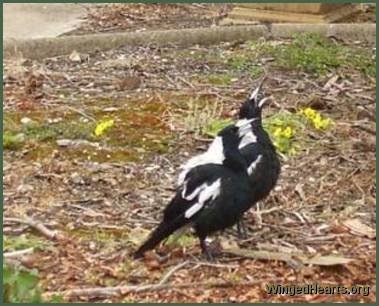
17Oct 09, 10:01am Warbling so beautiful
|
At first I ignored them, then, as they seemed so insistent I went out outside to check out the noise.
There were 5 to start with and the numbers dwindled to 2 from November. I threw out onto the ground minced steak, multi grain bread and some varieties of fruit & veg, plus crushed up biscuits. There is always 2 lots of water for them. One of the magpies loved grapes. The other one would not touch them. If I ignored their call one would come up to my front door and call, then stand and wait looking at the door. When I stepped out it (the darker, taller one) ran away a short distance until I called it and dropped food and then it came within 4 foot of me and ate. The light grey one always kept back and never came too close.
|

Pages

 Communicating successfully with someone from a different species, who is not only not dependent on you, but also flies off in a flash if they don't like the sound of your voice, brings its own suite of challenges. In this series, we look at each of the five major aspects of communicating with wild birds. These involve making them familiar with our speech patterns, listening to learn, understanding our bird's response, building trust, and allowing the friendship to develop. In the previous issue we covered the importance of making the wild birds feel comfortable in your presence, showing them that you care about their welfare and wish to make friends.
Communicating successfully with someone from a different species, who is not only not dependent on you, but also flies off in a flash if they don't like the sound of your voice, brings its own suite of challenges. In this series, we look at each of the five major aspects of communicating with wild birds. These involve making them familiar with our speech patterns, listening to learn, understanding our bird's response, building trust, and allowing the friendship to develop. In the previous issue we covered the importance of making the wild birds feel comfortable in your presence, showing them that you care about their welfare and wish to make friends. 